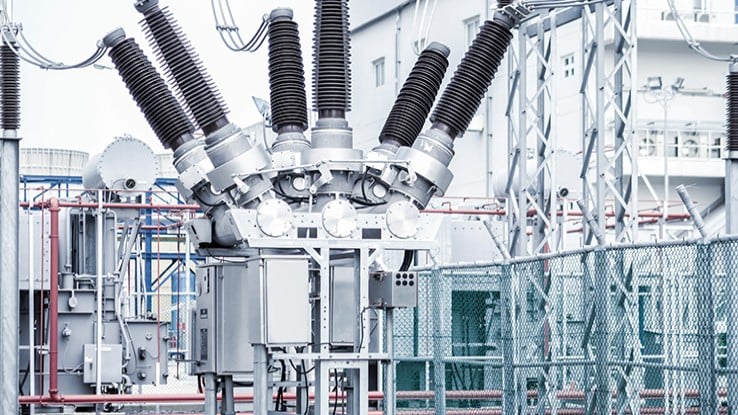
What are fugitive emissions?
Fugitive emissions – this is the term used by the Intergovernmental Panel on Climate Change (IPCC) to describe the intentional or unintentional release of greenhouse gases. Such emissions may result from leakage or erratic escapes of gases during the production, processing and transportation of fossil fuels, coal, biomass and renewable fuels.
Greenhouse gases include carbon dioxide (CO2), methane (CH4), nitrous oxide (N2O) and fluorinated gases, including partly halogenated hydrofluorocarbons, perfluorocarbons and sulphur hexafluoride (SF6). Some of these gases have a very high global warming potential (GWP), some with five-digit values. So, for a given amount of mass, they contribute much more to global warming than CO2.
Other definitions of fugitive emissions include yet more gases or vapours, including volatile organic compounds (VOCs), which may pose a health risk to both company workers and the local community.
A rather underestimated greenhouse gas is methane. According to the International Energy Agency (IEA), it is responsible for about 30 % of the global temperature increase since the industrial revolution. 40 % of the methane emissions from human activity stems from the energy sector including the crude oil, natural gas, coal and bioenergy industries.
What solutions does WIKA offer to avoid the occurence of fugitive emissions?
WIKA offers comprehensive instrumentation solutions that minimise and prevent the occurrence of gas leaks in industrial processes. They feature tailored design features such as metal-to-metal seals, preassembled and tested sensor-valve combinations, two-chamber sensor designs, special welding processes and optimised valve packings. There is also a selection of application-specific special materials and leak rate tests. WIKA has put together an independent solution portfolio for SF6 gas applications.







